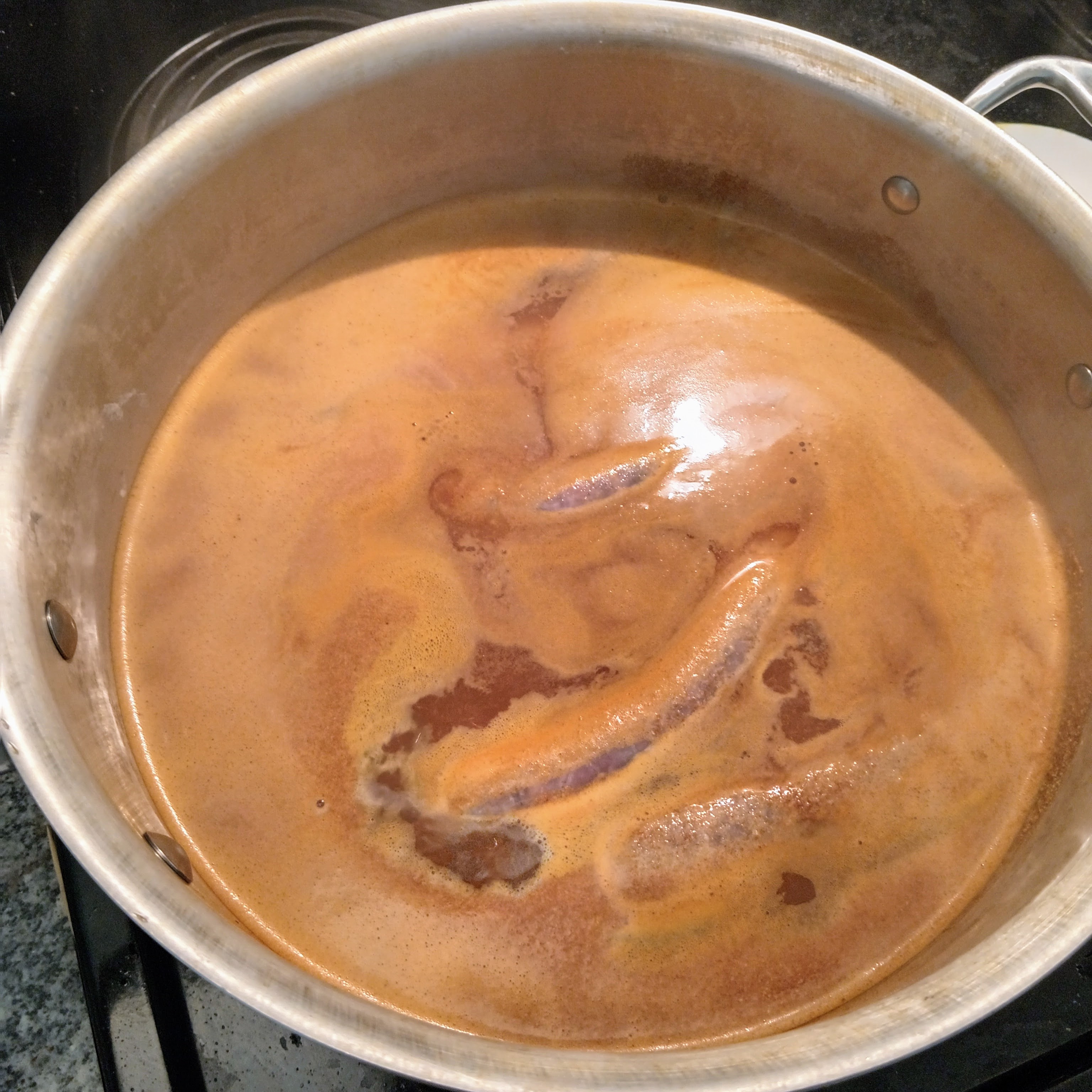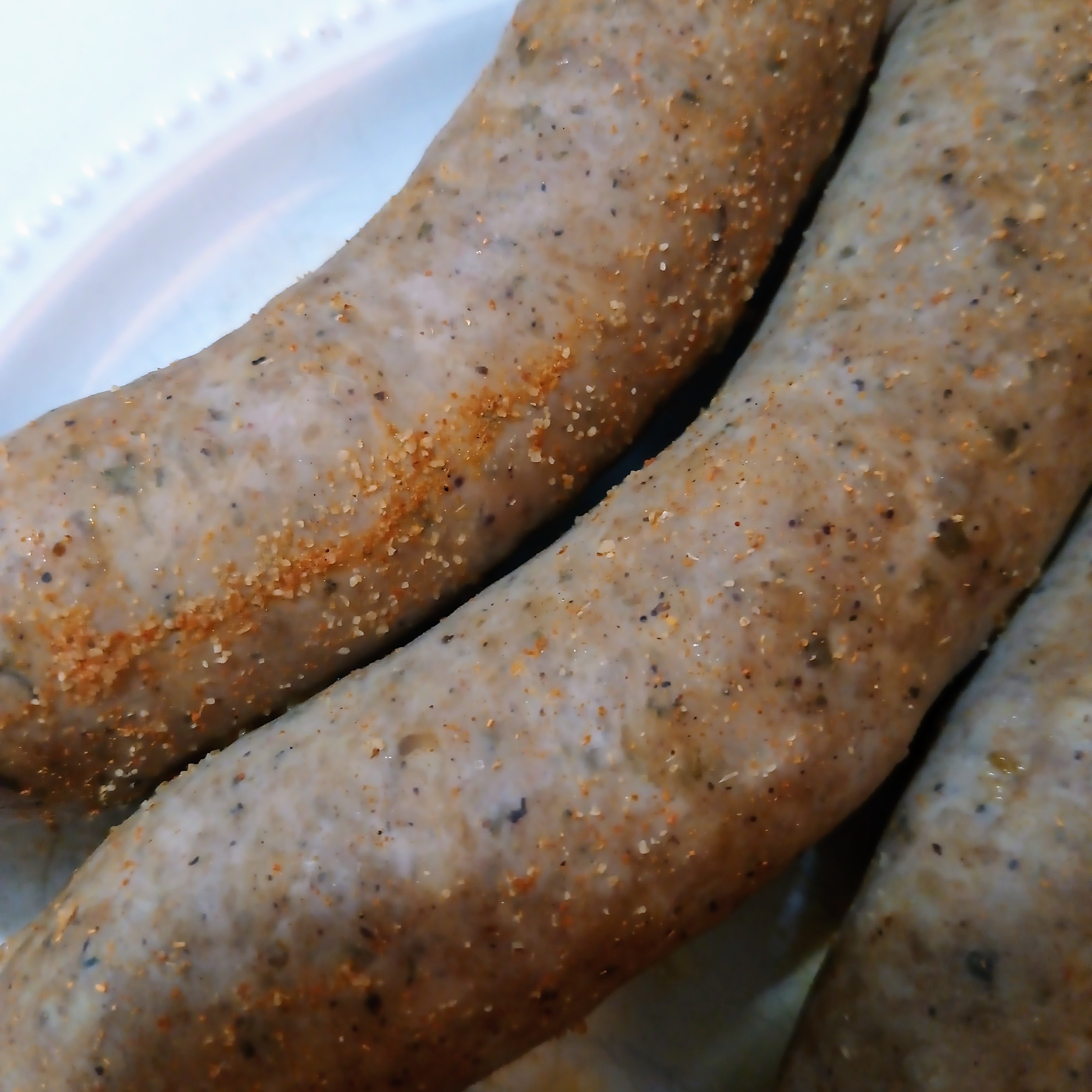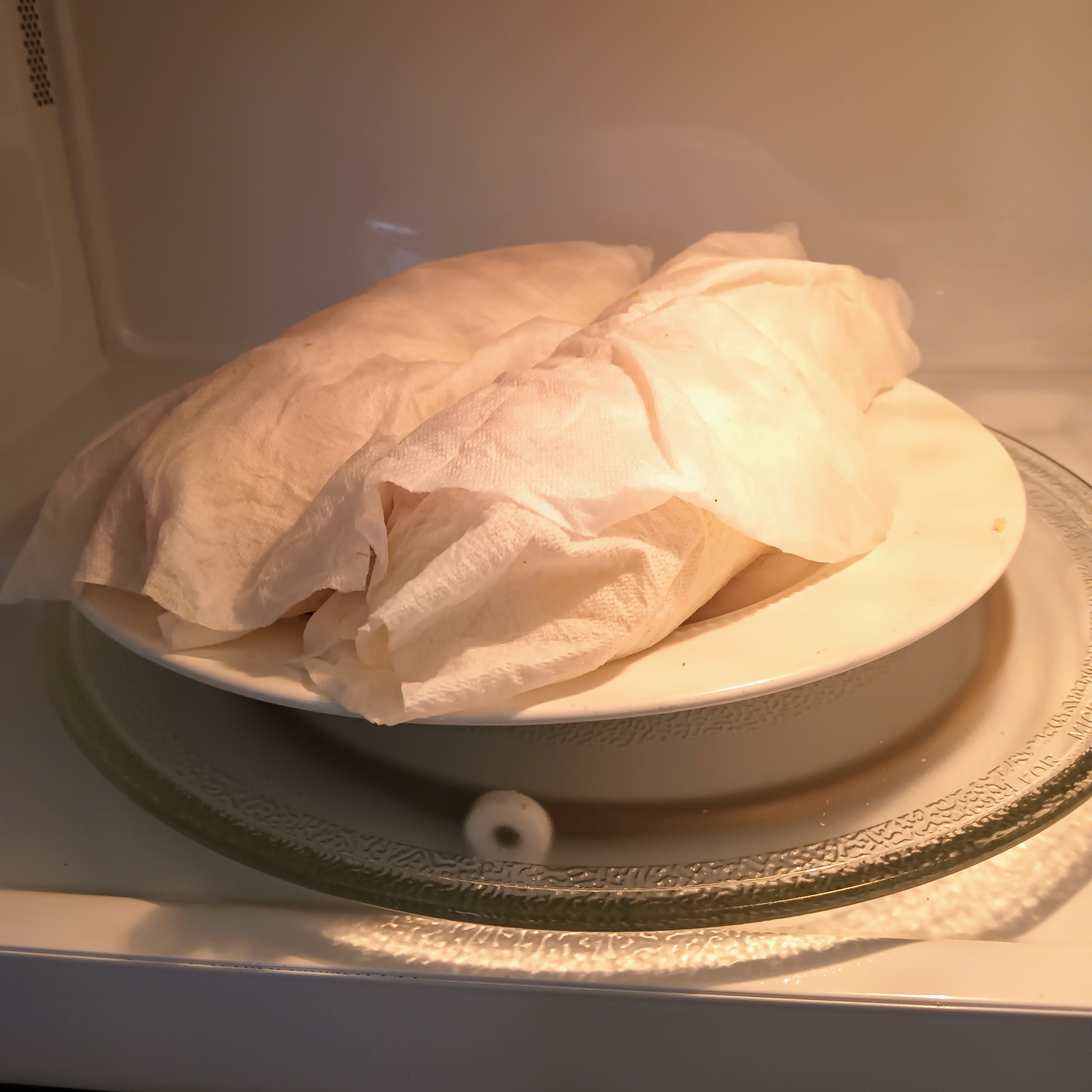The Scoop on Fancy Boiled Hotdogs... Plus a Recipe that Will Blow Your Mind

If you’re familiar with the famous hot dogs around Manhattan, you’ve probably heard that vendors marinate them in the same water for days at a time, casting food safety regulations to the wind. If you want ample evidence for this, just look at that nasty hot dog water. It doesn’t get that color unless it’s been leaching from hot dogs for a very long time.
Except, of course, none of that’s true.
The reason some vendors’ hot dog water gets so ugly is because they season the water with garlic powder, paprika, and other spices. This gives it the characteristic reddish hue.

But is it really worth it?
Short answer: not really.
Long answer… honestly, you could stop reading the article here. There’s no need to season your hot dog water. In fact, boiling hot dogs is probably the worst way to make them. You’ll get much better flavor and texture rolling them around in a hot pan, and if you’re going for speed, the microwave is just fine. But anyway, let’s go over why boiling isn’t a good solution.
Flavor Infusion
Obviously, the reason for seasoning your hot dog water is to infuse your hot dogs with more flavor.This is a bunch of hooey.
I don’t know if we all remember our eighth grade biology class, but there’s a little thing called osmosis that governs the way water moves in and out of cells. This process is very important with food, and it’s the reason you want to salt the crap out of your blanched vegetables.
I won’t jump into all the science, but here’s the final takeaway: when you boil hot dogs in seasoned water, you’re not magically getting the flavor to leach its way into the sausage. Instead, you're getting water (and fat and flavor) to come spilling out of the sausage and into the pot.
The only other potential for added flavor here is the spices that cling to the surface of your hot dogs, like in the picture below.

This is actually a totally valid approach to flavoring up your dogs. Germans love to slice up their bratwurst and sprinkle curry powder over it. But let’s be real here: if you want to zest up your sausages with some good spices, you should be sprinkling those spices over the sausage, not into the hot dog water.
I have a thing for layering paprika and cayenne pepper over my hot dogs, but I also like cumin. Fancier sausages get the curry treatment.
Caramelization
Another huge drawback of cooking your hot dogs in the traditional ballpark style is that you’ll eradicate any chance for the skin to brown. Caramelization is super important for developing depth of flavor and adding textural elements to your food. The problem is, water holds your food temperature at a solid 212℉, which is not nearly hot enough to achieve the maillard reaction we all love.Texture
I’m not entirely sure why this is, but boiled hot dogs (and especially other sausages with a thicker casing) don’t have a good textural response to boiling. I couldn’t find any research on why this is, but I have two possible explanations:- Boiling causes over depletion of the sausage’s water content, resulting in a more rubbery sausage that has an unpleasant snappiness when you bite into it.
- Sausages have that rubbery snap by nature, and the best way to eliminate too much snap is to caramelize the exterior of the sausage, turning it crispy instead of snappy.
By the way, snappiness is not inherently a bad quality in hot dogs. A really thin dog can actually be quite pleasant if you’re eating it simply in a small bun with soft condiments. But as soon as you try to dress that dog up with a more robust bun or any topping that isn’t liquid, the snappiness just gets in the way and makes the whole thing hard to eat.
The Best Part of Boiled Hot Dogs
There actually is one part of boiled hot dogs that I adore, and I think it is criminally underrated in America. That is, of course, steamed hot dog buns.Steamed buns are soft, velvety and warm. They’re supremely pleasurable to hold and eat, and in my opinion they are far superior to toasted hot dog buns (unless those dogs were made on a charcoal grill). This doesn’t stop at hot dogs and sausages, either. Steamed burger buns have a way of making your burger seem much more burgery. Buttered and toasted buns call a lot of attention to themselves, which isn’t always bad, but sometimes distracts from the real star of the show: high quality meat, expertly cooked and topped with delicious, melty cheese. Steamed buns highlight these qualities super well.

Why would I want a toasted hot dog bun that crumbles everywhere and makes my hot dog seem more like bread than meat? I’d rather have a steamed bun, which has been rendered airy and ephemeral, and lets me kick back and enjoy my all-beef frank covered in fermented mustard and pickled onions.
By the way, Alison wrote an awesome article last week on all the things you can do with leftover hot dog buns. So when you’re through with my steamed buns (and if you have any left over, that is), try a few of Alison’s tips!
Matthew's Mind-Blowing Steamed Hot Dog Buns
Prepare to have your mind blown. This is a highly precise technique that took me seven months to master and seven years to reduce down to a four-step process that anyone can follow.
Ingredients:1 paper towel
water from the sink faucet
1 high-quality hot dog bun
Directions:
Soak your paper towel in water.
Squeeze the excess water out.
Wrap your bun in the paper towel.
Microwave it for thirty seconds.
Enjoy!
Squeeze the excess water out.
Wrap your bun in the paper towel.
Microwave it for thirty seconds.
Enjoy!
Recipe formatted with the Cook'n Recipe Software from DVO Enterprises.
 Matthew Christensen
Matthew Christensen
Weekly Newsletter Contributor since 2023
Email the author! matthew@dvo.com
Sources:
